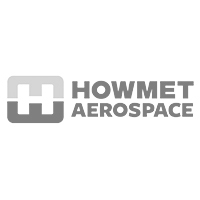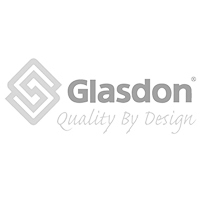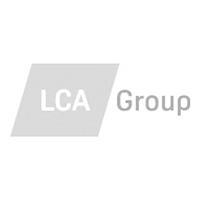
Confined Spaces in Aerospace & Aviation Industry
Maintenance and inspection play a vital role in ensuring aircraft airworthiness in the aircraft industry. These inspection and maintenance tasks often require a high-level competency of the personnel performing the tasks. These levels of competency can often be compromised by extraneous factors associated with various types of job functions, one of which is confined space work.
Confined spaces are prevalent in the aerospace manufacturing industry, presenting unique challenges and risks that require specialised training and protocols to ensure safety. These confined spaces include areas such as fuel tanks, fuselage sections, and landing gear compartments, where limited entry and exit points, restricted airflow, and potential exposure to hazardous substances are common.
Risks and Challenges
- Limited Access and Egress: Aerospace manufacturing often involves working in tight, enclosed spaces that can be difficult to enter and exit. This restriction complicates rescue operations in case of an emergency.
- Hazardous Atmospheres: Confined spaces in aerospace manufacturing may contain harmful fumes, gases, or vapors, especially during processes such as painting, welding, or chemical treatment. These atmospheres can pose serious health risks, including respiratory issues and poisoning.
- Complex Structures: The intricate and multifaceted structures within aerospace components require workers to navigate narrow passages and awkward positions, increasing the risk of physical injury.
- Lack of Ventilation: Many confined spaces in aerospace manufacturing have limited natural ventilation, leading to the accumulation of hazardous substances and creating an oxygen-deficient environment.
Importance of Proper Training
Given the inherent risks, proper training for working in confined spaces within the aerospace manufacturing industry is vital. Training should cover:
- Hazard Identification: Recognizing potential hazards specific to aerospace manufacturing, such as chemical exposure and structural risks.
- Safety Procedures: Implementing protocols for safe entry, work, and exit from confined spaces. This includes the use of personal protective equipment (PPE), monitoring of atmospheric conditions, and emergency response plans.
- Rescue Operations: Training personnel in confined space rescue techniques, ensuring that they can respond effectively in case of an emergency.
- Compliance with Regulations: Understanding and adhering to industry-specific regulations and standards to ensure legal compliance and workplace safety.
Eurosafe’s Role
Eurosafe provides specialised training solutions tailored to the aerospace manufacturing industry. Our courses are designed to address the unique challenges of confined spaces in this field, equipping professionals with the knowledge and skills necessary to work safely and efficiently. We offer comprehensive programmes that include hazard identification, safety procedures, rescue operations, and regulatory compliance, ensuring that your team is well-prepared for the demands of aerospace manufacturing.
Browse Confined Space Training Courses
Consultancy & Audit Services
To further enhance safety, Eurosafe offers consultancy and audit services to assess your site and identify specific training requirements. Our experts will evaluate your confined spaces, review existing safety protocols, and recommend tailored training solutions to mitigate risks and ensure compliance with industry standards.
By investing in proper training and safety measures, aerospace manufacturers can create a safer working environment, protect their workforce, and maintain operational efficiency.
















